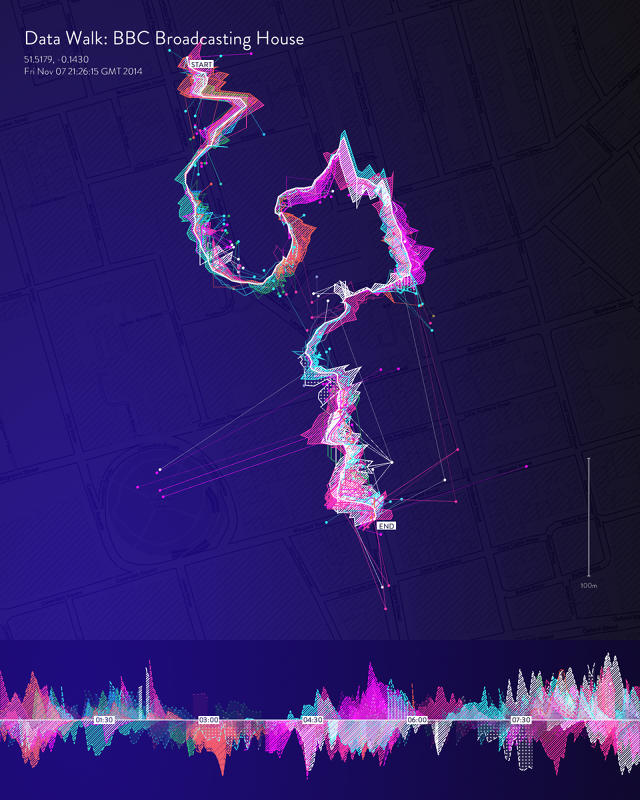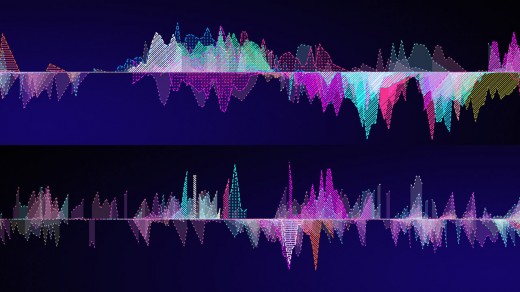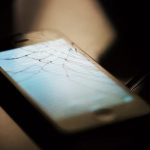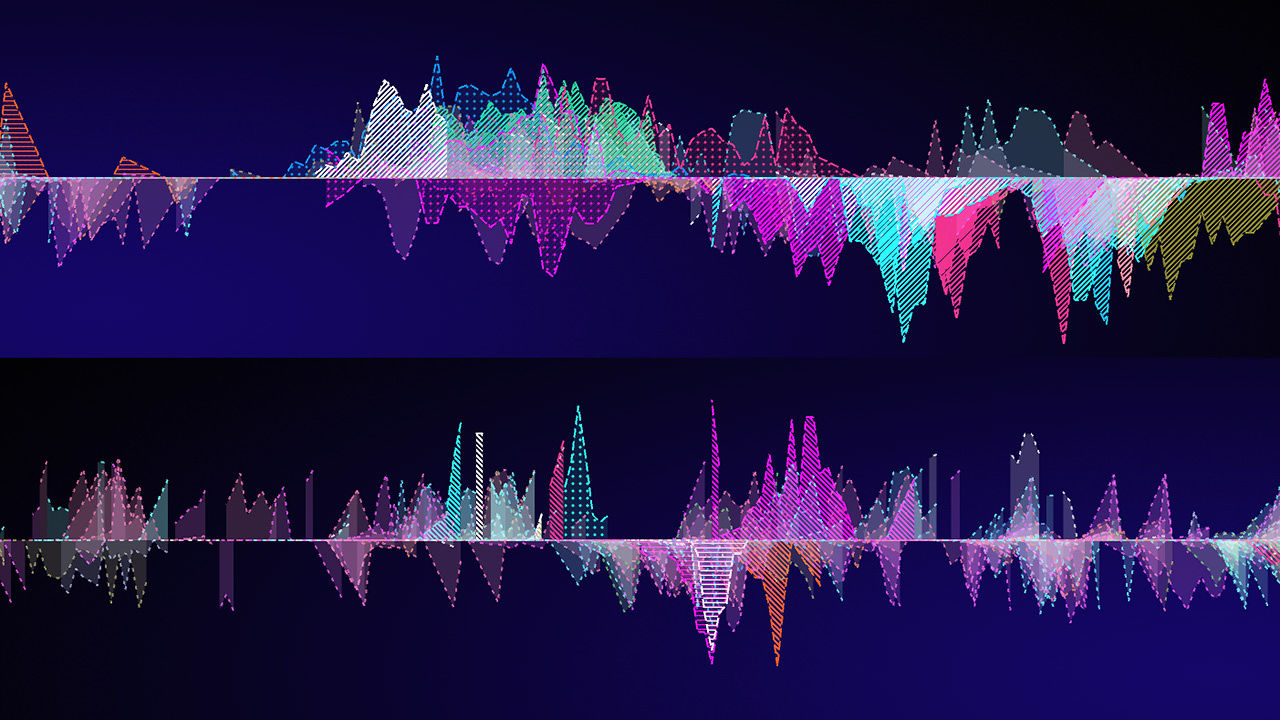What Does Wi-Fi Sound Like?
presently, you are drowning in radio waves, satellite beacons, cellular phone transmissions, and digital signals. fortunately, that you could’t actually inform. but what if there was once a method to understand the invisible fields of flowing data that surround us each day? What if you have to in fact hear Wi-Fi? With Phantom Terrains, author Frank Swain and sound artist Daniel Jones have created an experimental tool that interprets Wi-Fi indicators into soundscapes. as the consumer walks throughout the metropolis, a hacked iPhone sniffs out nearby Wi-Fi. The interface identifies traceable traits like locations and knowledge charges, and interprets the whole lot into sound the usage of a pre-programmed language of parameters. The sound is then transmitted to a modified listening to support, creating sonic representations all around the user. “On a busy street, we may even see over a hundred unbiased wireless get entry to factors inside signal vary,” Jones tells New Scientist. “The power of the signal, route, name and security level on these are translated into an audio circulation made from a foreground and heritage layer: far-off alerts click on and dad like hits on a Geiger counter, whereas the strongest bleat their network identity in a looped melody,” Swain provides.

which you could hear a sample of these sounds on the project website. it’s appropriately ambient and digital. In motion, the sounds originate from the direction of the router’s location, clicking extra frequently because the signal potential will increase. there’s a particular low sound that signifies the security mode of the community. With sufficient apply, users will begin to acknowledge the particular pitches of explicit broadcast channels. Like Swain, they’d be taking note of the “hum and crackle of invisible fields all day” and selecting up the “familiar gurgle of the general public Wi-Fi hub,” all blending into the normally audible. bring to mind it as augmented listening to. In his New Scientist article, Swain, who has been losing his listening to due to the fact that his 20s, explains how sound aids already type of do this. unlike glasses, which focus what’s blurry, the aids’ interface is more difficult. because it picks up the audio emissions around a person, it sorts them into noise and sound, magnifying sure alerts and pushing others means into the heritage. The Phantom Terrains instrument takes what is most often considered a prosthetic to the following degree. because the creators give an explanation for, “by way of the usage of an audio interface to be in contact knowledge feeds fairly than a visible one, Phantom Terrains explores listening to as a platform for augmented fact that can immerse us in steady, dynamic streams of knowledge.” Welcome to the age of technologically utilized synesthesia, bettering human notion to suit our digital age.
(237)














